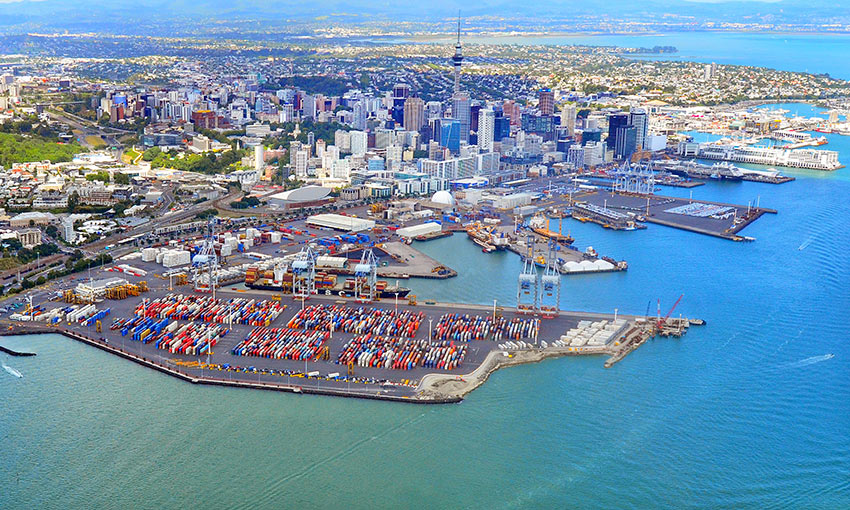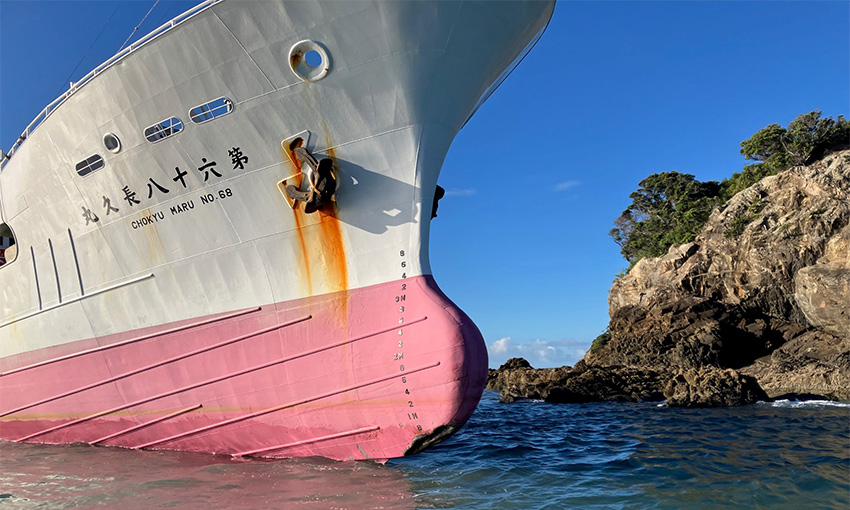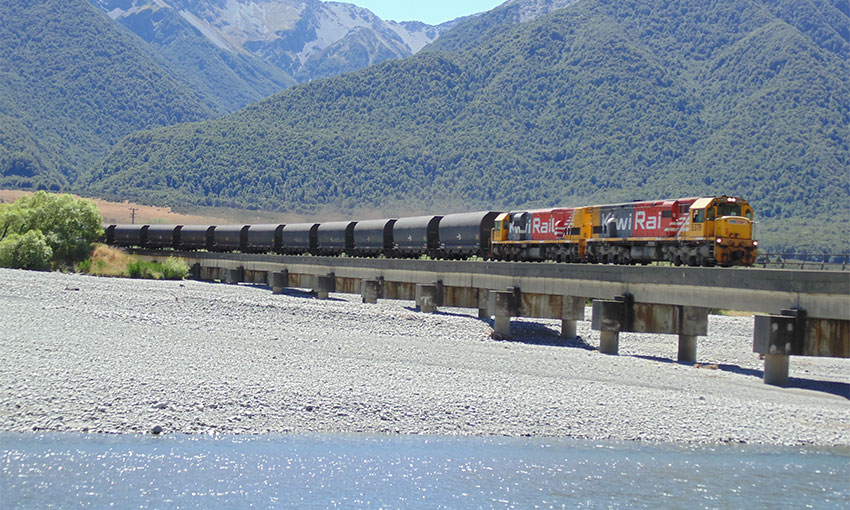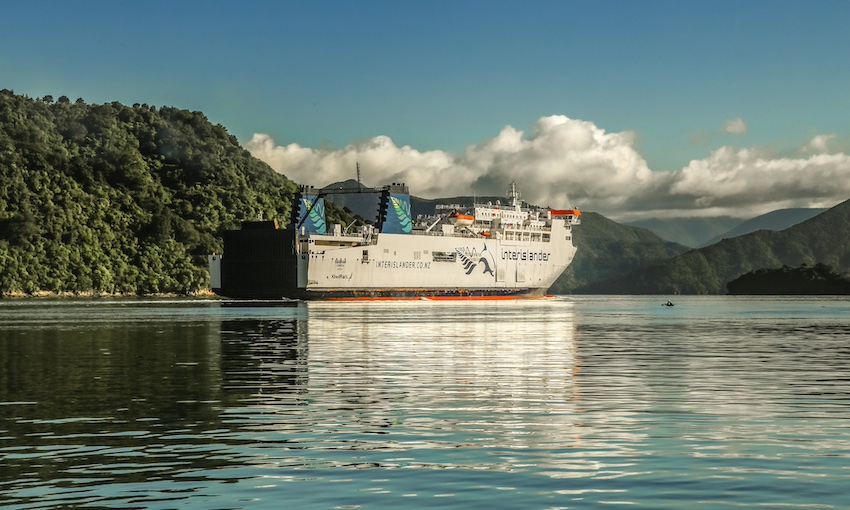PORTS of Auckland this week announced it would halt its project to automate the Fergusson Container Terminal.
The automation project started in 2016 with a targeted delivery of late 2019 or early 2020.
Part of the project was delivered as planned including a new wharf and new cranes, pavement upgrades, a new truck-loading area and new reefer capacity.
The Ports of Auckland Board commissioned two independent assessments, both advised that significant additional investment would be required.
In a statement, the port company said the move was “in the best interests of the company, its stakeholders and the New Zealand supply chain”.
Ports of Auckland chief executive Roger Gray said the port would write off about NZ$65 million in investments that will no longer be used, mainly the automation software and guidance system.
“Ports of Auckland attempted automation for the right reasons: to lift capacity, productivity and profitability without further port expansion or reclamation. I am confident we can still meet those aims; we will just take a different path,” Mr Gray said.
“It was a bold and innovative project, but one that – despite the hard work of many – was unable to be delivered.”
Ports of Auckland Board chair Jan Dawson said the decision was made after careful consideration of the status of the project, advice from independent experts, and the work required to achieve full terminal automation.
“Our review indicated that despite the best efforts of our team and our supplier, the project is experiencing continuing delays to full terminal roll out, the system is not performing to expectations, and we do not have confidence in the projected timeline or cost to completion,” Ms Dawson said.
“With these uncertainties and the need to transform the port’s performance, the board has determined the best course of action is to cease automation of the container terminal.”
Mr Gray said it was a “positive” decision that would come as a relief to many at the port.
“It gives us certainty about the future and allows us to focus on our core job: safely providing a great service to New Zealand importers and exporters. It will also help us get the business back to the level of profitability we have delivered in the past,” Mr Gray said.
“The end of automation does not mean the loss of all the investment and work that went into it. The new infrastructure built as part of the project – for example the new wharf and cranes – provides extra capacity which is essential for future growth.”
The Maritime Union of New Zealand said it’s longstanding opposition to the automation project was “vindicated” after it was halted.
MUNZ national secretary Craig Harrison said the decision to cancel the automation project was the right call.
“The project suffered ongoing delays, technical issues and cost over-runs, and had contributed to the serious congestion issues at the ports in the last two years,” Mr Harrison said.
He said the new board and new CEO have shown a new positive attitude to engaging with the union, which has led to an improving culture at Ports of Auckland.





